Take advantage of our usually-mild winter and get a jump start on the upcoming gardening season.
Timing is everything when it comes to gardening. Winter for our area usually means that most days are cool and ideal for getting some prep work done for a great spring garden.
While it’s tempting to stay inside on a cold day, waiting will put you behind nature’s calendar for the frenzied spring growth and the inevitable race to our hot weather days (when you really do want to stay inside).
Taking these simple steps now will make your spring and summer garden even more enjoyable.
1. Clean up struggling or diseased plants. Leave the rest in place.
Not every plant will be a success. Sometimes it’s location, or just disease or age. Winter is the perfect time to remove plants that are under-performing or diseased. Leave healthy spent plants and plant material to add nutrients back into the soil, reduce erosion, and provide habitat for overwintering pollinators. Put on your “tough gardener” hat and remove plants that aren’t thriving.
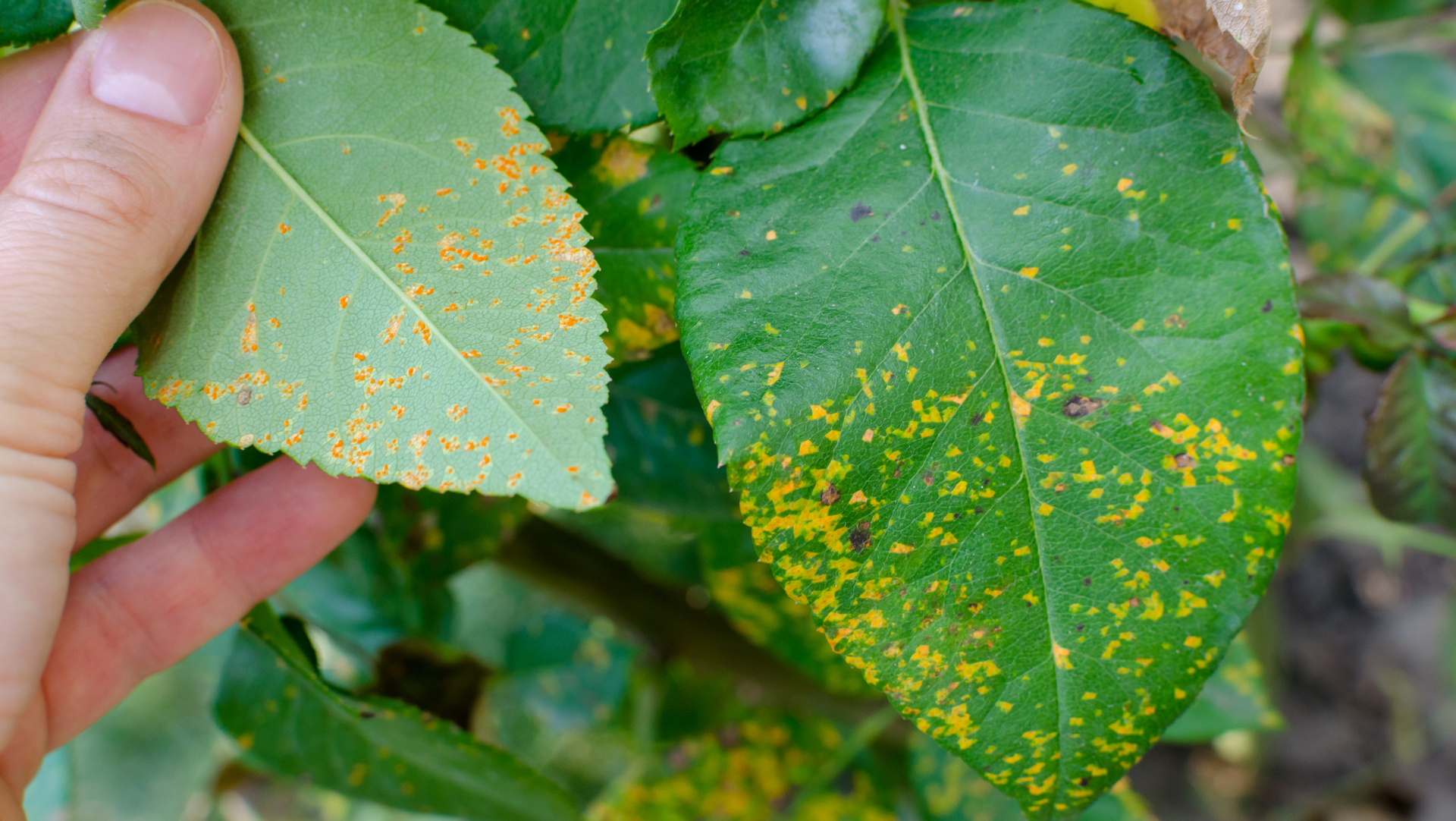
2. Remove invasive weeds that may have taken hold over the growing season.
Is your turf grass creeping into your garden bed? Do you have little tree sprouts popping up between your plants? Removing baby trees and grass runners now will save you from a lot of digging and regrowth down the road. Many new tree sprouts can be plucked right out of the ground. If resistance is felt, it’s time to get the hand trowel or small shovel and get the whole root to be successful in the removal. Make sure to take out as much of the grass roots and rhizomes as possible. Now is the time to deal with those renegades.
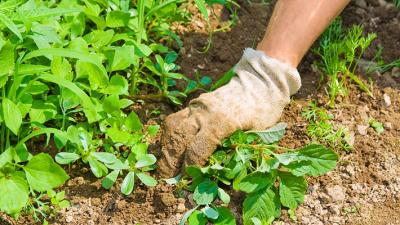
3. Amend your soil for spring.
Winter is an ideal time to fine-tune the water capacity and nutrient content of your soil. The AgriLife Soil Preparation guide is a great resource to help you learn more about what your soil needs. Many people reserve this activity for spring, but our winter is a great time to add soil amendments like manure, compost, or organic fertilizers. When the busy season hits, you’ll have already done the work!
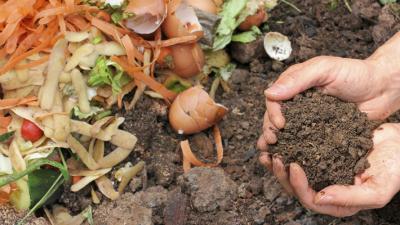
4. Prune perennials with care.
Early winter is a good time to trim some of your garden plants, but there are a few to avoid. It is good to prune freeze-damaged perennials. If possible, leave the damaged vegetation as wildlife shelter and seed meals for overwintering birds. Stalks can also provide protection to new growth from winter weather and deer browse (if you have them). For salvias, cut 2/3 of the plant to foster new growth. Prune grape vines, fruit trees, blackberries, rosemary and oregano. Now is also a great time to prune trees, including red oaks and live oaks. Just remember to always paint the oak cuttings to protect from oak wilt. Avoid pruning most evergreen shrubs.
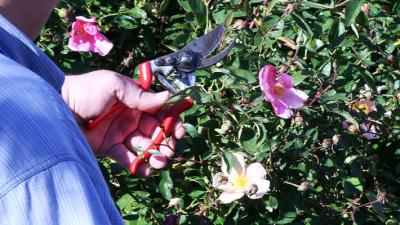
5. Replenish mulch.
Mulching in winter has all the same benefits as summer mulching: reducing water loss, protecting the soil from erosion and inhibiting weeds. There are added benefits to winter mulching: a thick layer of mulch in your garden beds can help regulate soil temperatures and moisture, buffering against a rare hard frost or freezing weather. As the mulch breaks down it incorporates fresh organic material into your soil.
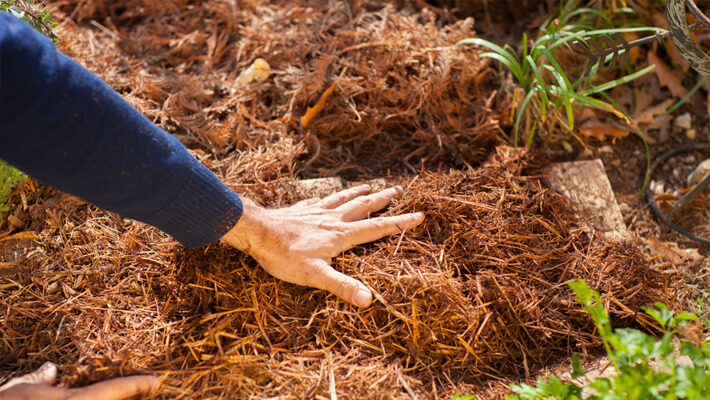
6. Clean and sharpen tools.
It’s challenging to keep up with tool maintenance when gardening is in full swing. The quietness and slower pace of winter is a great time to stretch your tools’ lifespan by giving them the care they deserve.
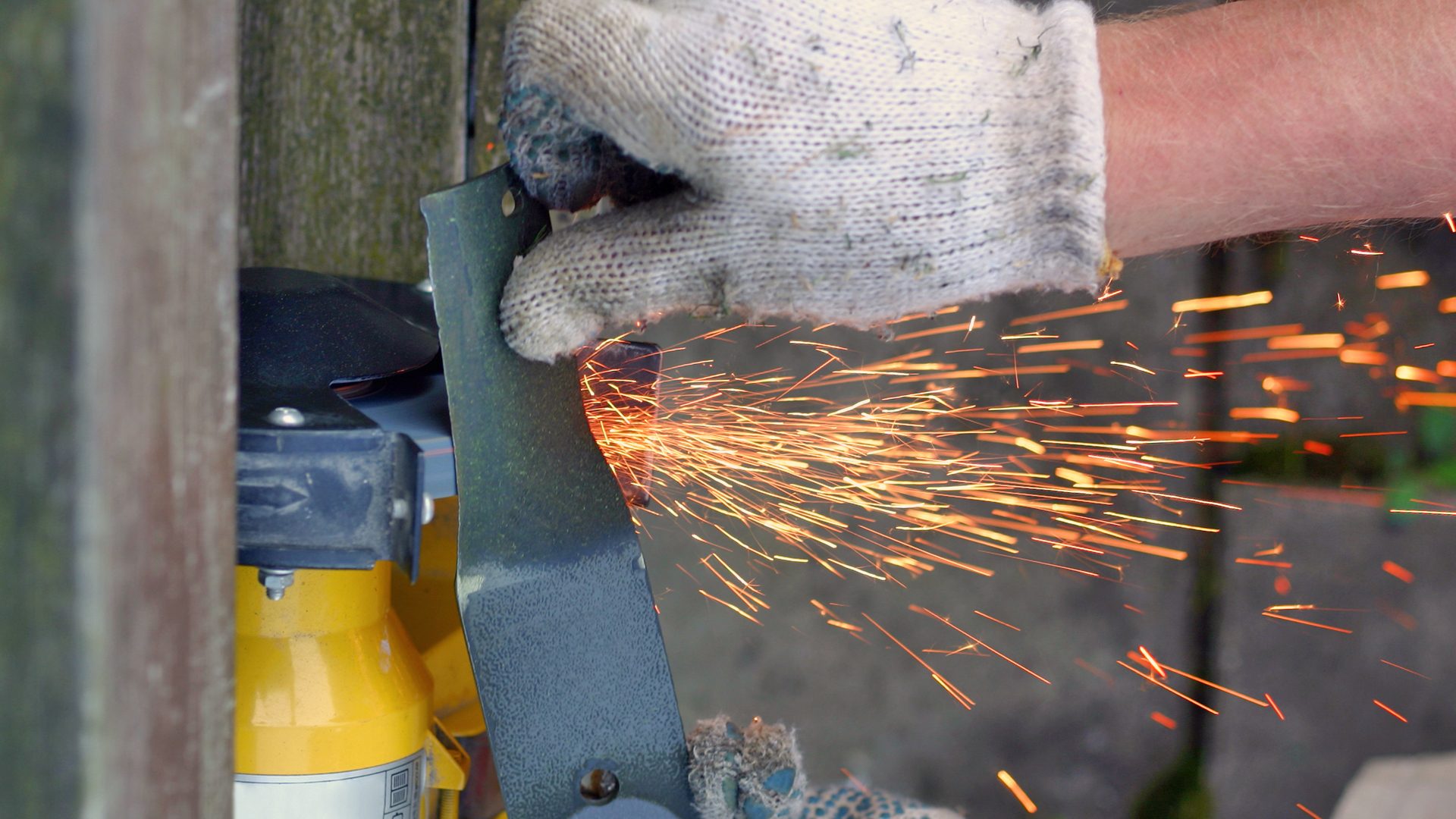
Take advantage of our usually mild winters and get a jump start on the upcoming gardening season. When done now, these steps will not only help your spring and summer run more smoothly, but they can also improve your garden’s health over the long term.


